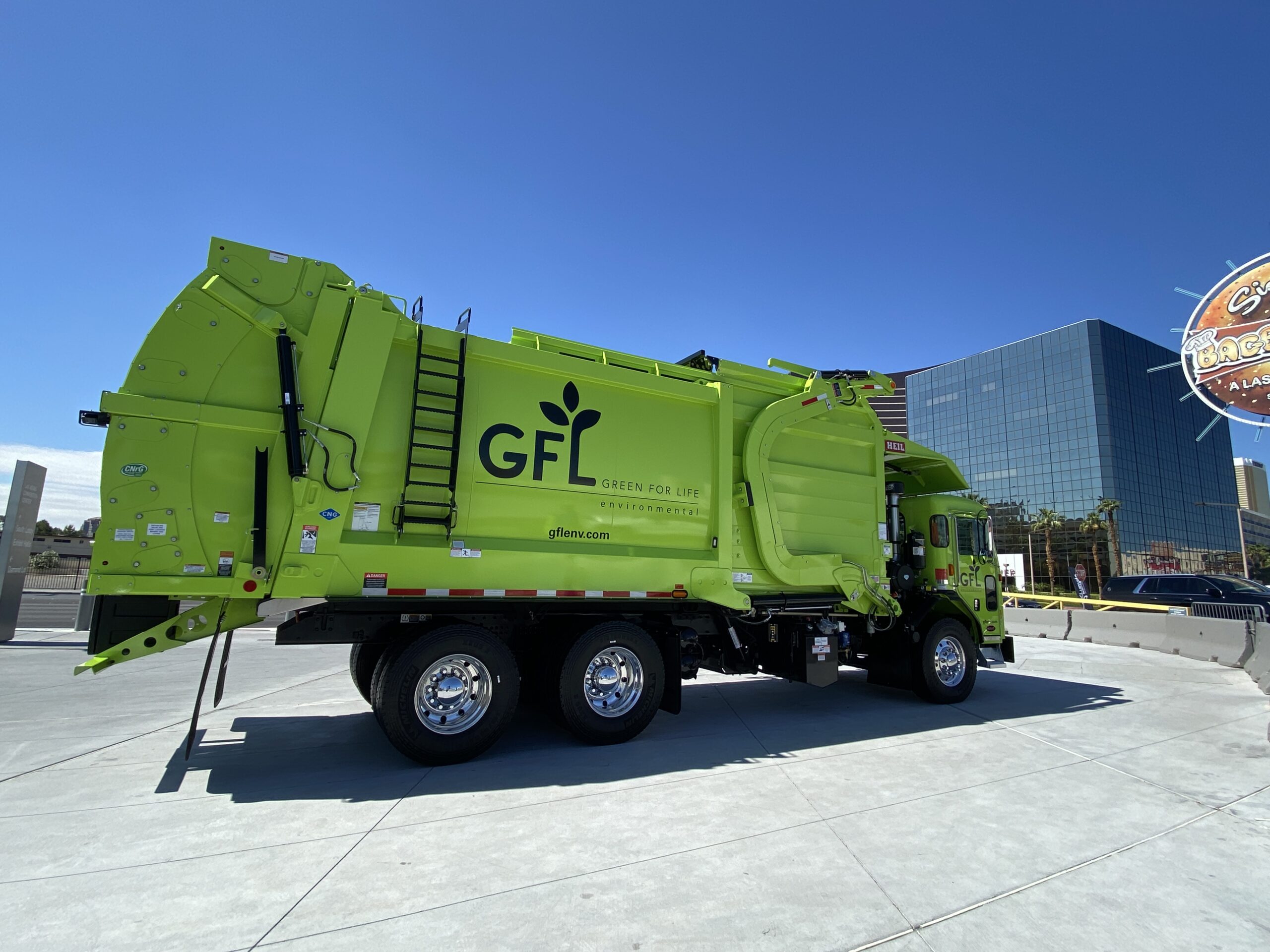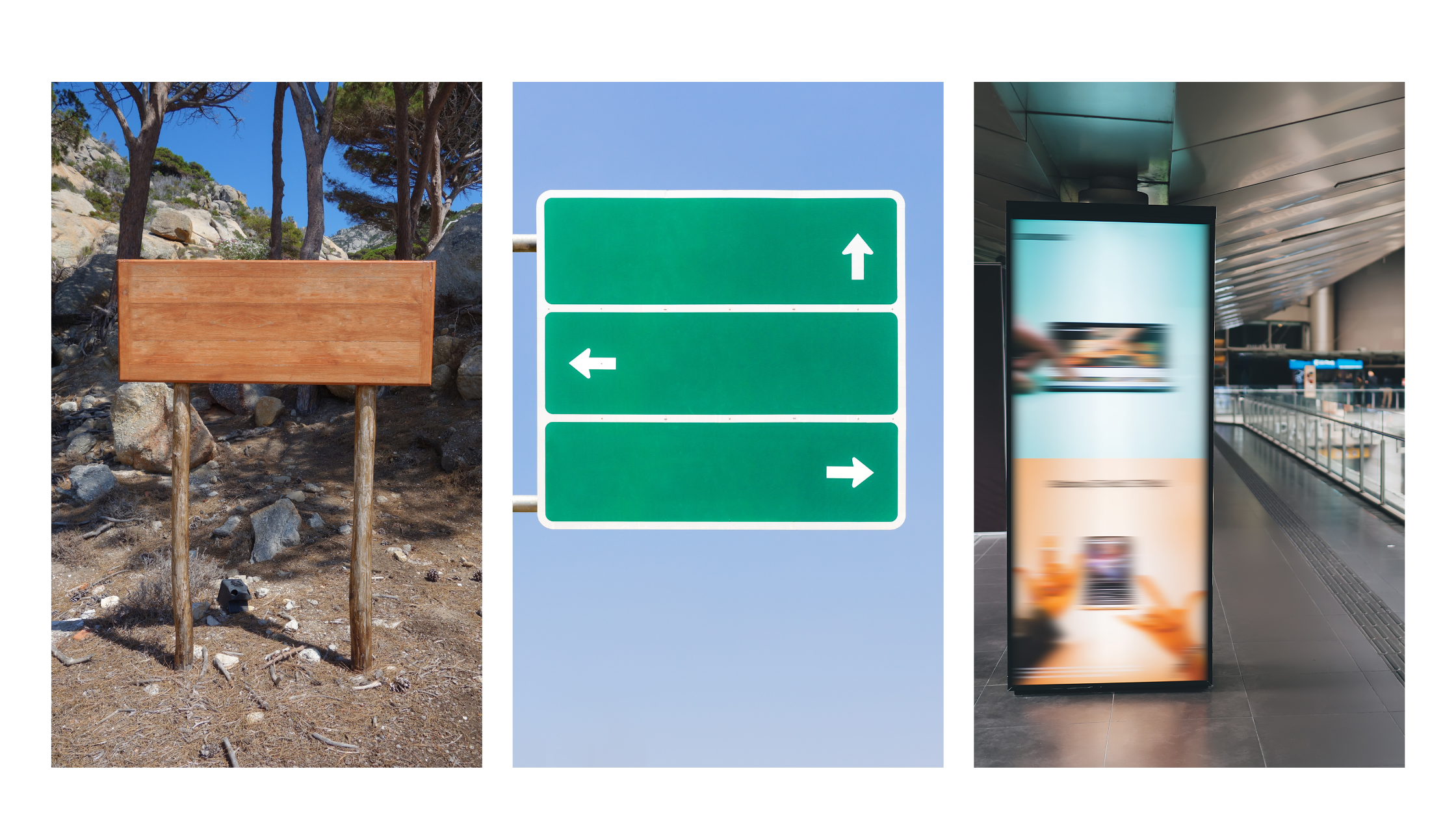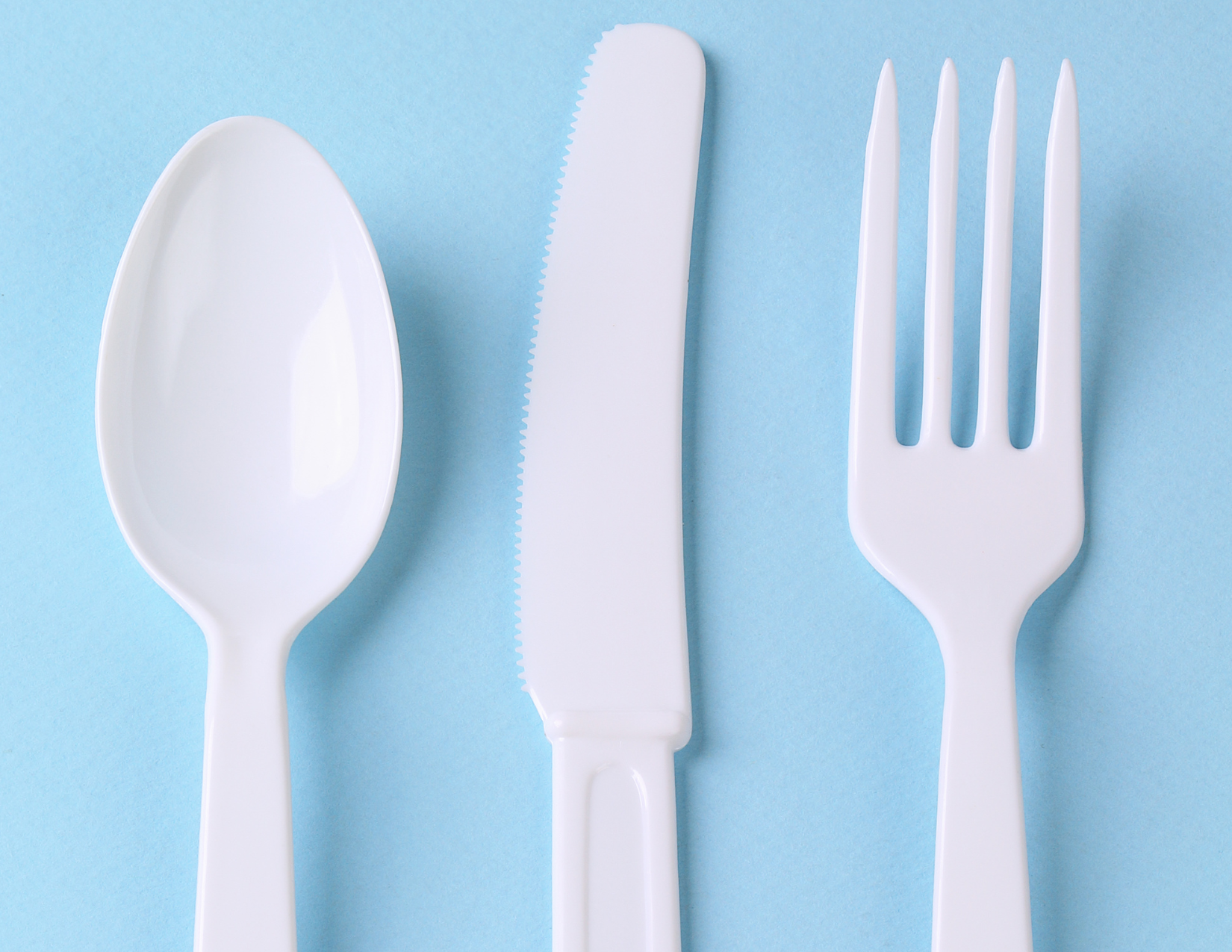For reasons both environmental and humane, I would always promote buying furniture and clothing made from sustainable fabrics and avoid animal products entirely. However, some of us already have leather shoes, leather chairs, leather upholstery in our cars, and there’s no sense in cluttering up landfills if the animal has already been sacrificed for humanity.
Leather can be tricky to clean. Suede more so. Always test your cleaning solution on a small, hidden area of your item to make sure it doesn’t ruin the fabric first. Using a microfiber towel to remove the dust first, then dip a clean towel into a solution of mild saddle soap and water and wipe away the dirt. A 50/50 water-vinegar solution can also work for general stains, but again, make sure you test it first.
If you’ve ever seen old, cracked leather, you know that conditioning is a really important part of maintaining your property. There are lots of homestyle solutions, but a commercially tested product is probably your safest bet. Vegetable oils like olive oil can lead to dark stains. Linseed oil mixed with vinegar has been shown to work, but that depends on the leather and if you mix it correctly with non-rancid oil.

Never let your leather dry in the sun, which can lead to cracking.
Suede is highly porous and is easily ruined by water which leaves stains and creates other damage. Vinegar, however, is less easily absorbed, and can be used lightly for cleaning and stain removal. A suede brush works well for regular cleanings in terms of dust removal, and a suede eraser can resolve deeper dirt issues.
In the case of ink or deep stains for either leather or suede, use a Q-tip with rubbing alcohol or vinegar to attack the stain gingerly and with precision so as not to spread the stain deeper into the fabric.
PopUP CleanUP is a commercial and event cleaning business. If you have deep cleaning needs, including spot removal on upholstery or furniture at your workspace, we offer those services as add-ons to our regular or deep cleaning packages.



